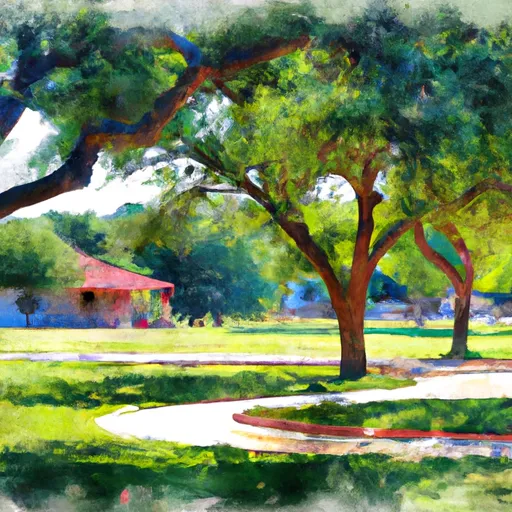Summary
Houston experiences a humid subtropical climate, with hot and humid summers and mild winters. Summers are characterized by high temperatures averaging around 90°F (32°C) and frequent thunderstorms, while winters tend to be mild with temperatures averaging around 60°F (15°C).
The city is rich in hydrology constituents with the presence of several bayous, including Buffalo Bayou and Brays Bayou. These waterways provide opportunities for outdoor activities like kayaking, canoeing, and fishing. Houston is also close to the Gulf of Mexico, offering residents and visitors access to beautiful beaches and water sports such as sailing, jet skiing, and swimming.
Apart from the water-based activities, Houston boasts numerous parks and green spaces, offering opportunities for hiking, biking, and picnicking. Memorial Park, Hermann Park, and Buffalo Bayou Park are just a few examples of the city's outdoor recreational areas. Additionally, golf courses, tennis courts, and sports fields are abundant throughout the city, catering to sports enthusiasts. Houston's climate and hydrology constituents make it an ideal destination for outdoor enthusiasts seeking a variety of recreational activities.
Weather Forecast
Houston receives approximately 1271mm of rain per year, with humidity levels near 89% and air temperatures averaging around 21°C. Houston has a plant hardyness factor of 9, meaning plants and agriculture in this region tend to thrive here all year round.

 RE Bob Smith Park
RE Bob Smith Park
 Tranquility Park
Tranquility Park
 Root Memorial Square Park
Root Memorial Square Park
 Jones Plaza
Jones Plaza
 Antioch Park
Antioch Park